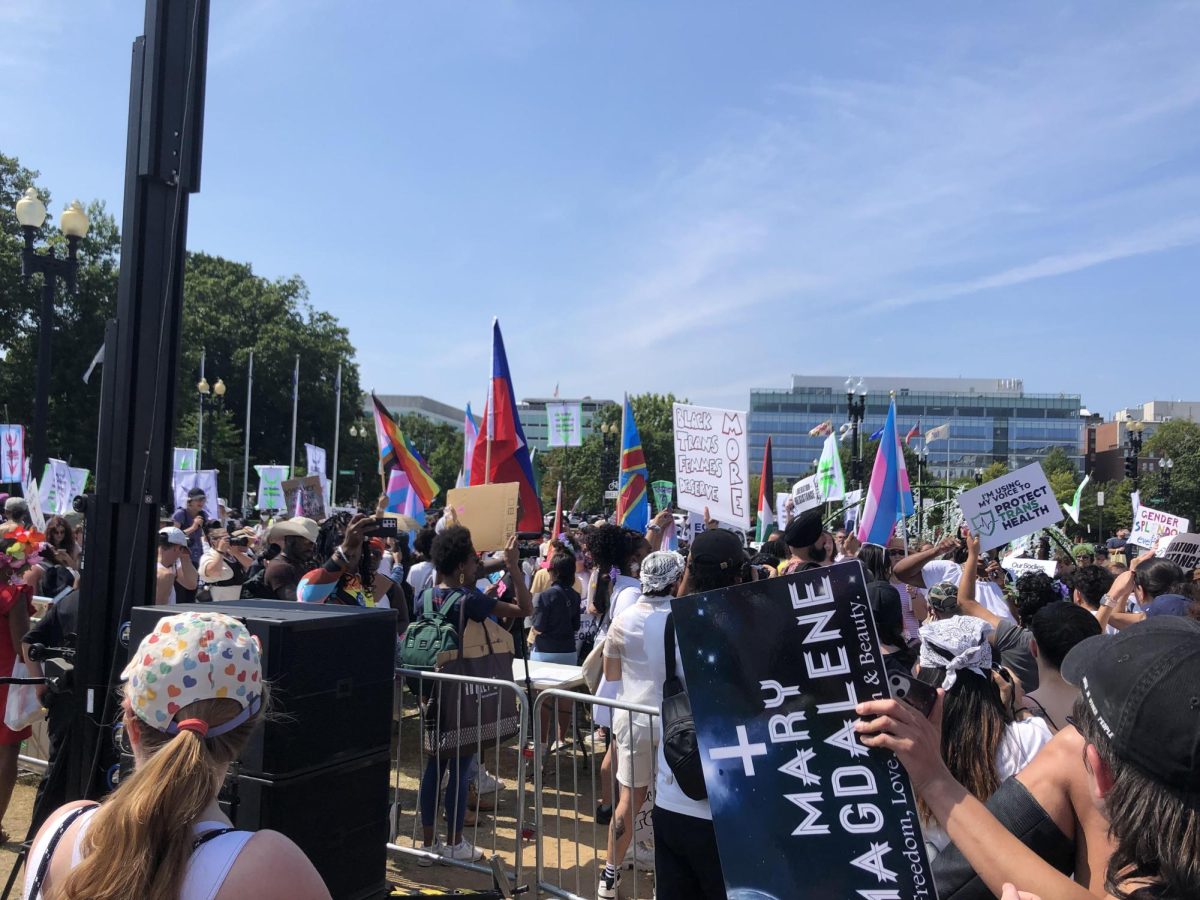When Roe v Wade was overturned in 2022 by the Supreme Court of the United States, it ushered in a new era of battles for and against reproductive rights. Activists and politicians have worked hard, trying to either ban access to abortions nationwide or protect abortion at the state level.
The state government in Maryland decided to attempt the latter, and in the 2024 elections, Maryland citizens voted on whether to enshrine the right to abortion in their state constitution. This was done through an amendment, which was enacted with over three-quarters of the vote, heavily surpassing the 60% needed to pass the amendment.
“I’m not surprised it was passed in Maryland, because Maryland is a democratic state… but I’m glad that it happened very quickly,” sophomore Anishka Biswas said. Marylanders have tended to support a more liberal approach to abortion rights, with polls suggesting up to 85% of its residents support some access to abortion.
Up until the Roe v Wade ruling in 1973, abortion in the state was severely restricted, but in 1991, voters passed a law by referendum to codify abortion rights. After abortion was ruled not to be a federal right, this law went into effect. In response, Maryland further opened access to abortion by increasing funding for training and increasing the professions that can legally perform abortions in the state.
Since his inauguration, Governor Wes Moore has pledged to defend abortion rights in Maryland. He announced support for the amendment and most of the state legislature agreed with him, so they successfully passed the bill in 2023, before it went to the people for a referendum the next year.
In summary, the amendment guarantees everyone “the right to reproductive freedom, including, but not limited to […] decisions to prevent, continue, or end the individual’s pregnancy.” It effectively allows the choice to abort, with very few exceptions.
“It’ll help people who are afraid of losing healthcare access feel more confident with their daily life. […] They’ll have general access to the facilities that they need. [But others] think a fetus is a human being,” Biswas said. Since the amendment was passed, various groups of people have responded differently.
Common Clause Maryland, an organization that has stated their support for the amendment, claims that the General Assembly must act affirmatively to make sure Maryland citizens have sufficient reproductive rights. However, the Maryland Catholic Conference is against adding abortion to the constitution, stating that it will “divert attention and resources away from broader efforts that will promote women’s wellbeing [and] address the root causes of abortion.”
Despite these differing opinions, the amendment’s successful passage earlier this month reveals that a majority of Marylanders value protecting abortion rights.
“In Maryland, a lot of voters recently have wanted to protect different groups of people and their rights. By making this a constitutional amendment, in their opinion, they’re protecting the right of a woman’s privacy and her right to choose,” women’s studies and AP US History teacher Ms. MacFarlane said.
While Maryland has not published many statistics regarding the abortion patients’ demographics, the United States shares specific trends. Nationwide, two-thirds of women who receive abortions are under 30, and almost three-quarters are low-income.
Because of the amendment’s potential scope, it will affect many marginalized groups in Maryland. “Younger women and women…more targeted for sexual assault will be most impacted,” sophomore Sarah Harrison said.
While the federal government left abortion legislation to the states, Marylanders chose to protect provisions beyond previous laws.
“A lot of people in Maryland want women to have the right to choose what to do with their bodies.” Harrison said.









